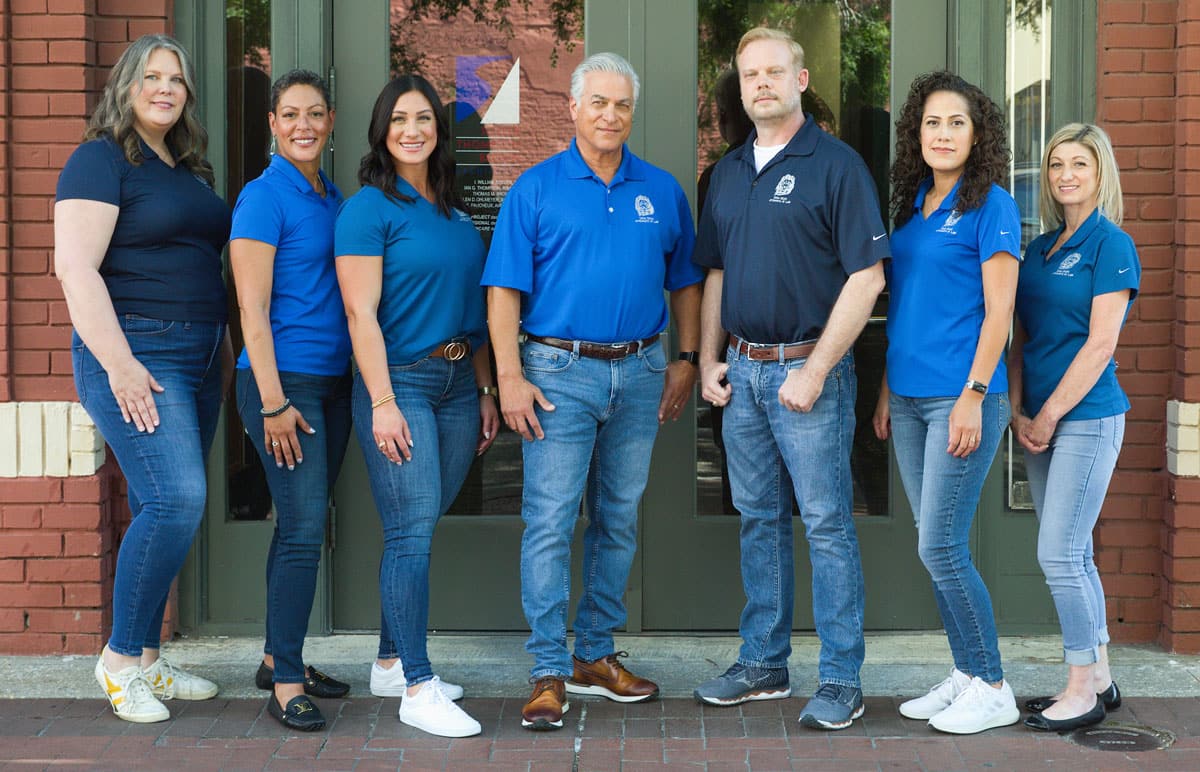How often do you drive at night? The National Highway Traffic Safety Administration says nighttime drivers nationwide, including in Louisiana, face three times the risk of involvement in fatal accidents than driving during the daytime. The reason is simple — driving at night compromises your vision, and the glaring lights of approaching vehicles can make safe driving even more challenging.
Along with the dangers caused by the too-bright lights of oncoming vehicles, other factors exist that you would be advised to mitigate by taking appropriate precautions.
Start by being a defensive driver
NHTSA reports that nighttime crash fatalities statistics indicate the likelihood of impaired drivers causing fatal crashes at night is four times higher than during daylight hours. Distracted drivers pose similar risks. If you drive with optimal defensive-driving skills, you might spot intoxicated and distracted drivers and avoid you and your family being their victims.
Make sure you have the best view
Did you know that dirty headlight lenses could compromise your vision at night? Similarly, a damaged or dirty windshield can increase the adverse effects of glaring lights on your eyes.
Fatigued and drowsiness
Drowsy drivers are not easy to spot. However, they are most prevalent on the roads between midnight and about 6 a.m., so be particularly vigilant for drivers that seem to drift across lanes or onto the shoulders of the road. In the meantime, make sure you never drive while drowsy. Roll down the windows for fresh cool air when you feel tired, turn on the radio, or stop for a coffee and a rest.
Choose your routes with care
Safety authorities say the nighttime risks on two-lane highways are significantly more than multi-laned highways and freeways. The overall darkness or low light makes the glare of oncoming headlights sharper.
Look out for speeding vehicles
Remember, even if you slow down and drive at a speed to suit the weather, road conditions and darkness, other drivers might not. If you see a speeding driver, stay back and let them pass. Needing 160 to 190 feet to stop automatically poses significant risks at night because headlights typically shine only 160 feet ahead.
Use your headlight appropriately
It is essential to ensure you angle your vehicle’s headlights perfectly. Aiming them down can limit your vision at night and aiming them too high will blind the drivers in oncoming vehicles. Furthermore, make full use of your high beams, especially if you drive on open or rural roads. Dim them when oncoming cars are about 500 feet away and go back to high beams afterward. However, avoid using high beams when you drive behind another vehicle because your headlights reflecting in the rearview mirror could blind the driver up ahead of you.
How to cope with the consequences of a car accident
If you fall victim to another driver’s negligence during day or nighttime, you might have grounds to file a personal injury lawsuit in a Louisiana civil court. If you have proof of another driver’s negligence and present your claim successfully, you might recover the financial and emotional damages caused by the car accident.


